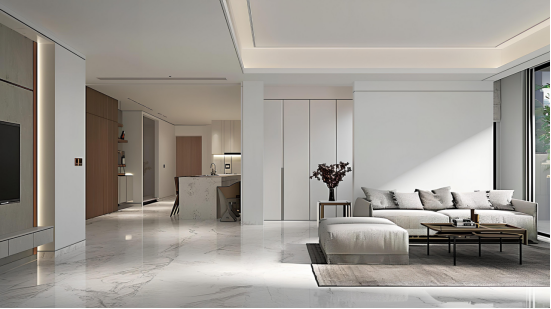Address:Room 906, building 6, SIIC Center, No.195 Hong Kong East Road, Laoshan District, Qingdao city, Shandong Province, China
E-mail:info@deltachem.net

Acrylonitrile-butadiene-styrene (ABS) copolymer has both the rigidity of acrylonitrile, the toughness of butadiene and the easy processing properties of styrene. Therefore, it is a polymer material with excellent comprehensive performance, which is very popular in the field of electrical appliances, automobiles, and furniture decoration materials.
Ø Main applications of ABS resin:
² Automotive interior/exterior parts
ABS and its composites are widely used in automotive instrument panels, exterior body panels, interior trim panels, steering wheels, bumpers, ventilation ducts and many other parts.
² Household appliances
Modified ABS is mainly used as plastic shell for refrigerators, TV sets, washing machines, air conditioners, computers, copiers and other electrical appliances.
² Home decoration and building materials
It is mainly used in the fields of pipes, sanitary ware, and home decoration plates.
Besides, ABS resin is also widely used in packaging, furniture, sports and recreational goods and machinery industries.
Ø Common problems you may have encountered
ABS resin contains unsaturated C=C double bond structure, which is susceptible to degradation by light, heat, oxygen and moisture. Especially, the unsaturated double bond of butadiene is very easy to discoloration, and when it exposed to ultraviolet radiation, the mechanical properties of the material will be severely reduced, and the color of the product will turn yellow or fade.
Take automotive ABS interior parts as an example, automotive instrument panels and other parts are usually required to withstand exposure to sunlight and high temperature usage condition. Unmodified ABS interior parts will occur warped, deformed, discoloration and other problems, which will seriously affect the durability and aesthetics of interior parts. Solutions for enhancing the heat resistance and weatherability of ABS materials become a hot topic in plastic industry!
Ø How to improve the quality of ABS resin and obtain higher weathering resistance?
When UV absorbers, light stabilizers and antioxidants are compounded and used in ABS resins, they can effectively prevent or delay the photo-aging degradation of polymer materials, thus extending the service life of the products.
Choosing the right UV absorber can effectively absorb the 300-400nm band, shielding UV light to trigger polymer photo-oxidative degradation. HALS as a free radical trapping agent can capture the free radicals generated by polymer oxidation, terminating the photo-oxidative degradation reaction. The addition of antioxidants not only prevents thermal oxidative degradation of ABS resin during processing and improves the heat resistance of the material, but also helps to further improve the weatherability during use.
Recommended solutions for ABS resin:
OMNISTAB UV3030 is a kind of eco-friendly Cyanoacrylate type UV absorber developed recent years. It has high molecular weight, excellent thermal stability and low volatile.
OMNISTAB UV326 is a traditional Benzotriazole UV absorber which has a redshift absorption band, with efficient absorption in the 300-400nm band.
OMNISTAB UV4050H is a effective HALS with excellent compatibility with dyes, is widely used in ABS home decoration plates
OMNISTAB LS770 is a general HALS, which is usually used together with UV absorbers in most ABS system.
OMNISTAB AN3052 prevents gel formation in unsaturated resins, and improve the stability of ABS when melting.
OMNISTAB ANB225 is the mixture of AN1010 and AN168, with the blend ratio of 1:1. Through the synergistic effect of hindered phenol and phosphite antioxidant, it blocks the chain reaction and eliminates free radicals.